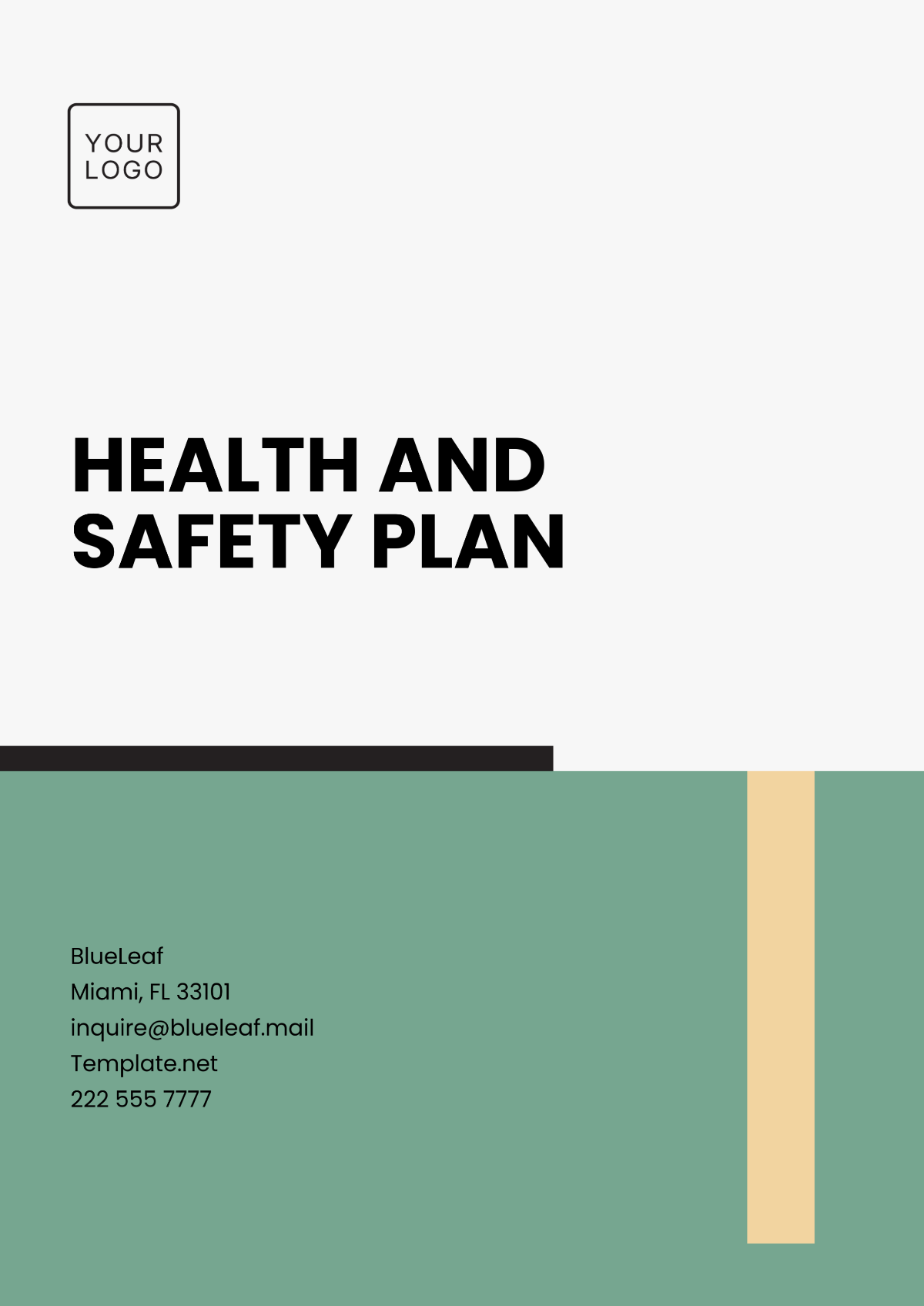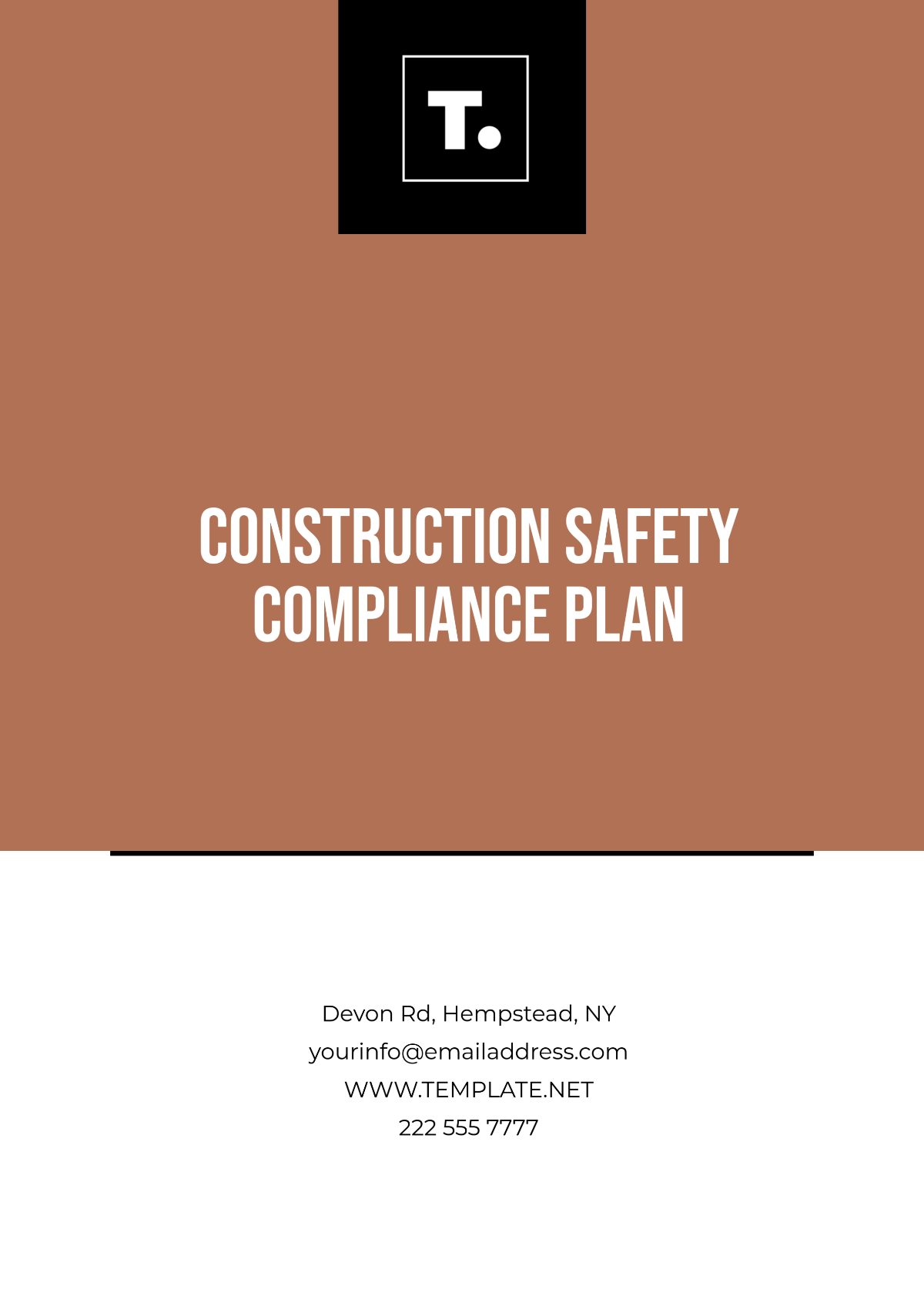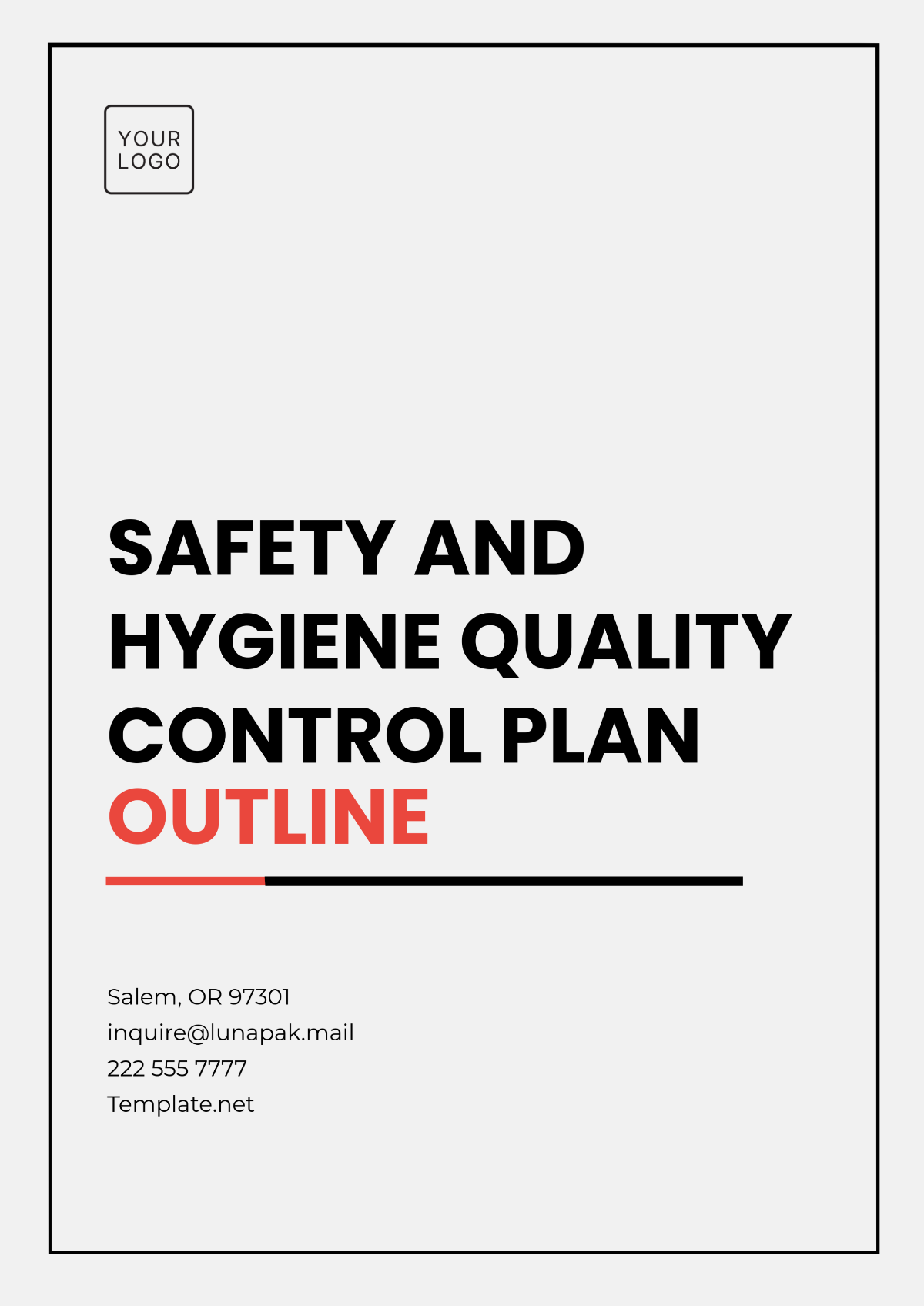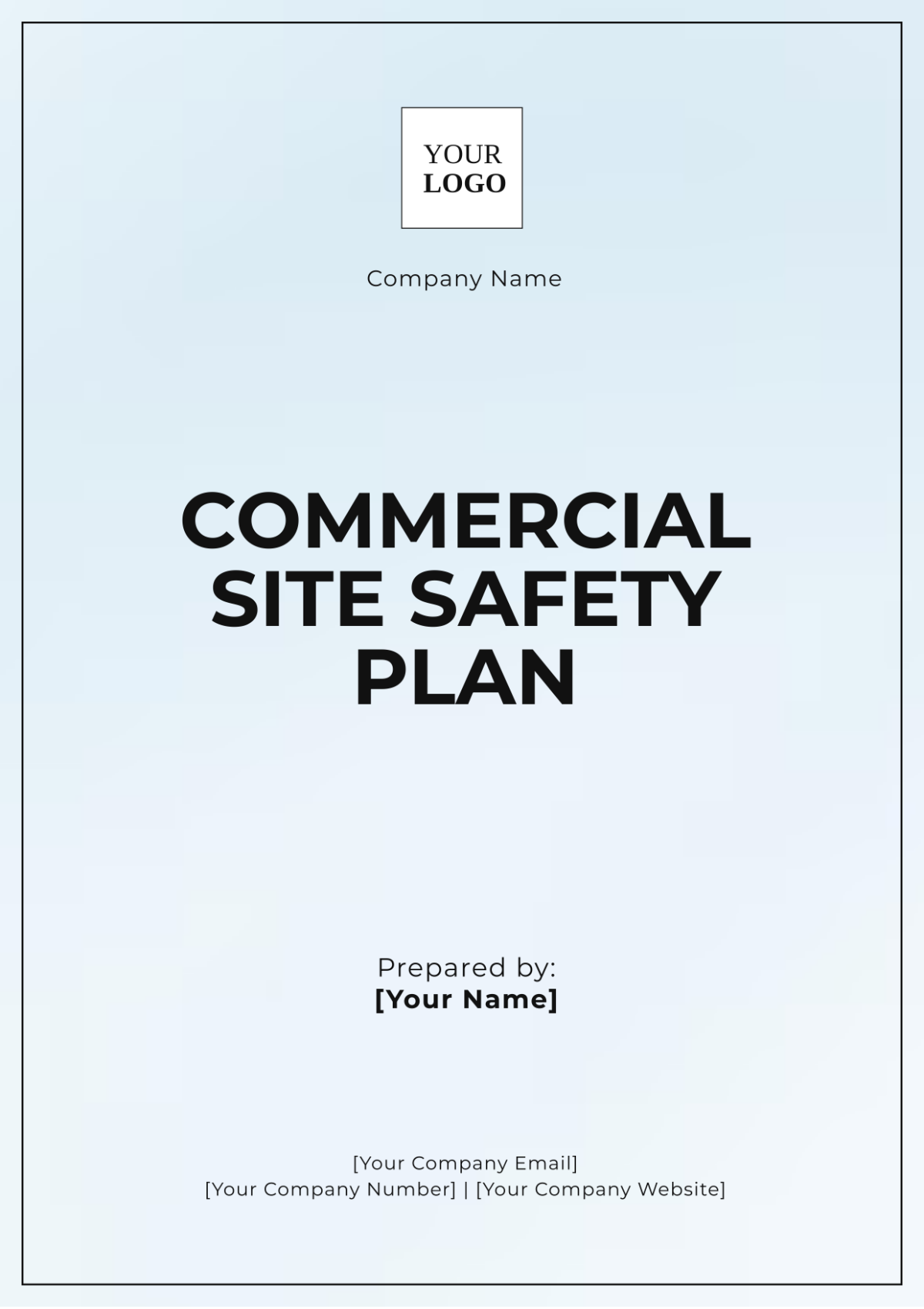PPE Distribution Strategy Plan
1. Executive Summary
The PPE Distribution Strategy Plan for [Your Company Name] presents a detailed framework aimed at efficiently distributing Personal Protective Equipment (PPE) across various target markets. This plan is crafted to cater to the increasing demand for PPE in sectors such as healthcare, industrial workplaces, educational institutions, and retail environments, recognizing the vital role PPE plays in ensuring safety and compliance with health regulations.
Key components of the strategy include a thorough market analysis, identifying current trends, customer needs, and competitive dynamics. This analysis informs our choice of distribution channels, which encompass direct sales to end-users, online retail through [Your Company Website] and other platforms, as well as partnerships with wholesalers for broader market reach.
Logistically, the plan details partnerships with reputable transport and logistics companies, ensuring efficient and cost-effective delivery of products. Financial projections outline anticipated revenue and cost structures, balancing profitability with competitive pricing.
Marketing and sales strategies focus on digital and traditional channels, leveraging [Your Social Media] and other platforms for wider reach and engagement. Furthermore, the plan incorporates robust risk management procedures to address potential supply chain disruptions, market competition, and regulatory changes.
The implementation timeline provides a structured approach for executing various phases of the strategy, ensuring milestones are met and objectives are achieved efficiently. This comprehensive plan positions [Your Company Name] as a key player in the PPE market, demonstrating our commitment to safety, quality, and customer satisfaction.
2. Market Analysis
Target Market
The market analysis for [Your Company Name]'s PPE distribution focuses on four key sectors: Healthcare Facilities, Industrial Workplaces, Educational Institutions, and Retail Outlets. Each sector presents unique requirements and opportunities for PPE usage and distribution.
Healthcare Facilities: High demand for various types of PPE, including masks, gowns, and gloves, due to stringent health and safety regulations.
Industrial Workplaces: Safety gear like helmets, protective eyewear, and specialized clothing are in demand, particularly in manufacturing and construction sectors.
Educational Institutions: A growing market, especially for masks and sanitizers, driven by health safety concerns in schools and universities.
Retail Outlets: Demand for PPE among both staff and consumers, especially in high-traffic environments like shopping centers and supermarkets.
Competitive Landscape
Analysis of Major Competitors:
Competitor | Market Share | Key Products | Distribution Channels |
Competitor A | [0%] | Masks, Gloves | Online, Retail Partners |
Competitor B | [0%] | Protective Clothing, Eyewear | Direct Sales, Wholesalers |
Competitor C | [0%] | Sanitizers, General PPE | Online, Direct Sales |
PPE Demand Trends
Increased Awareness: Post-pandemic awareness has led to a sustained interest in PPE products.
Regulatory Changes: Evolving health and safety regulations at local and international levels impact PPE requirements.
Technology Integration: Demand for tech-enhanced PPE, such as smart masks and wearable monitoring devices.
Pricing Strategy Analysis
Competitive Pricing: Aligning prices with market standards while ensuring quality.
Volume Discounts: Incentivizing bulk purchases, especially for large institutions and wholesalers.
Dynamic Pricing: Adapting prices based on market trends, availability, and seasonal demand.
Understanding these market dynamics, [Your Company Name] is positioned to offer tailored PPE solutions to meet the specific needs of each sector, leveraging competitive pricing strategies and staying abreast of market trends and regulatory changes. This analysis underpins the strategic approach to capturing market share and establishing a strong presence in the PPE market.
3. Distribution Strategy
In this chapter, we outline the comprehensive distribution strategy for [Your Company Name]'s Personal Protective Equipment (PPE) products. Our approach is structured to maximize efficiency, reach, and customer satisfaction across various distribution channels. We will detail the specific channels we plan to leverage, our logistics strategy encompassing key partnerships and transportation modes, and the strategic partnerships that will amplify our distribution capabilities.
3.1 Channels
Our distribution channels are selected to optimize market penetration and customer accessibility. Here are the key channels along with their descriptions and projected volumes:
Channel Type | Description | Expected Volume (Units/Year) |
Direct Sales | Selling directly to end users, including hospitals, clinics, and schools | 50,000 |
Online Retail | Sales through [Your Company Website] and major third-party e-commerce platforms like Amazon, eBay | 75,000 |
Wholesalers | Bulk distribution to regional and national distributors, catering to a network of smaller retailers | 100,000 |
3.2 Logistics
Efficient logistics are vital to ensure timely and cost-effective delivery of PPE products. Our strategy includes:
Key Logistics Partners:
Partner Name | Service Offered | Region Covered |
Logistics Partner A | Warehousing and Distribution | North America |
Logistics Partner B | International Shipping | Europe, Asia |
Logistics Partner C | Last-Mile Delivery | Local Regions |
Transportation Modes and Costs:
Mode | Average Cost ($/Unit) | Transit Time |
Air Freight | [$0.00] | 1-3 days |
Ground Transportation | [$0.00] | 3-7 days |
Maritime Shipping | [$0.00] | 15-30 days |
3.3 Partnerships
Strategic partnerships enhance our distribution network and market reach. We have established relationships with the following partners:
Partner Name | Type of Partnership | Benefit to Distribution Strategy |
Strategic Partner A | Manufacturing Partner | Ensures steady supply and quality control |
Strategic Partner B | Technology Partner | Provides logistics and inventory management solutions |
Strategic Partner C | Marketing Partner | Enhances brand visibility and market penetration |
Through this multifaceted distribution strategy, [Your Company Name] aims to ensure that our PPE products are readily available to our diverse customer base, with a focus on reliability, cost-efficiency, and scalability.
4. Financial Projection
In this chapter, we present the financial projections for [Your Company Name]'s PPE distribution over the next three years. These projections are crucial for strategic planning, budgeting, and investor communications. They include detailed estimates of sales revenue and a breakdown of key costs, including production, distribution, and marketing expenses. This financial roadmap is designed to provide a clear view of expected financial performance and to guide decision-making processes.
Projected Sales Revenue
The following table outlines the projected sales revenue for the next three years. These figures are based on market analysis, distribution strategy, and anticipated growth in the PPE market.
Cost Breakdown
To achieve these sales targets, we have detailed the primary cost components associated with our PPE distribution. The following table provides an overview of the production, distribution, and marketing costs.
Cost Category | Year 1 ($0) | Year 2 ($0) | Year 3 ($0) |
Production Costs | [200,000] | [250,000] | [300,000] |
Distribution Costs | [100,000] | [120,000] | [140,000] |
Marketing Costs | [50,000] | [60,000] | [70,000] |
Note: All figures are estimates and may be subject to change based on market conditions and company strategy.
Through prudent financial management and strategic allocation of resources, [Your Company Name] aims to achieve these financial targets while maintaining a balance between growth, profitability, and sustainability.
5. Marketing and Sales Strategy
The success of [Your Company Name]'s PPE distribution is heavily reliant on an effective marketing and sales strategy. This chapter outlines our approach to promote our PPE products and drive sales through digital marketing, sales promotions, and brand partnerships. Our strategy is designed to enhance brand recognition, foster customer loyalty, and ultimately increase market share in the competitive PPE market.
Digital Marketing
Utilizing Social Media: We will actively leverage [Your Social Media] platforms, such as LinkedIn, Facebook, Instagram, and Twitter, to engage with our audience. This includes regular posts, targeted ads, and interactive content that highlights product features, customer testimonials, and industry insights.
Content Marketing: Our strategy includes creating informative blog posts, articles, and whitepapers that will be shared on [Your Company Website] and across digital platforms. This content will focus on the importance of PPE, usage guidelines, and industry trends, positioning [Your Company Name] as a thought leader in the field.
Email Marketing: We plan to implement a targeted email marketing campaign to reach out to potential and existing customers, informing them about new products, special offers, and company news.
Sales Promotions
Seasonal Discounts: Offering seasonal discounts to encourage purchases during specific times of the year, such as back-to-school season for educational institutions or year-end for corporate buyers.
Bulk Purchase Offers: Providing attractive price reductions for bulk purchases to entice larger orders from institutions like healthcare facilities and industrial workplaces.
Loyalty Programs: Implementing a customer loyalty program that rewards repeat customers with discounts, exclusive offers, or early access to new products.
Brand Partnerships
Collaborations with Industry Leaders: Partnering with well-known entities in the healthcare, industrial, and educational sectors to co-market our products, enhancing credibility and reach.
Sponsorships and Events: Sponsoring industry events, trade shows, and webinars to increase brand visibility and network with potential clients.
Influencer Marketing: Engaging with industry influencers and experts to endorse our products, leveraging their audience and credibility to promote our PPE line.
This comprehensive marketing and sales strategy is designed to create a strong market presence for [Your Company Name]'s PPE products, driving both short-term sales and long-term brand loyalty.
6. Risk Management
In managing the distribution of Personal Protective Equipment (PPE), [Your Company Name] acknowledges the importance of robust risk management strategies. This section outlines our approach to mitigating key risks, including supply chain disruption, market competition, and regulatory compliance. Effective risk management is crucial to maintain the stability of our operations and to ensure consistent delivery of high-quality PPE products to our customers.
Supply Chain Disruption
Contingency Planning: We have developed a comprehensive contingency plan that includes identifying potential risks in our supply chain, such as natural disasters, political instability, or logistic challenges. This plan outlines clear steps to mitigate these risks, including maintaining adequate stock levels and establishing flexible logistic arrangements.
Alternative Suppliers: To minimize the impact of any supply chain disruptions, we have established relationships with multiple suppliers across different regions. This diversification ensures a continuous supply of materials and products, even if one or more suppliers face challenges.
Market Competition
Regular Market Analysis: We will conduct ongoing market analysis to stay informed about industry trends, competitor strategies, and customer preferences. This information will be used to continually refine our marketing and sales strategies to remain competitive.
Strategy Adjustment: Our business model and strategies are designed to be flexible, allowing us to quickly adapt to changes in the competitive landscape. We will regularly review and adjust our strategies based on market analysis to ensure we maintain a competitive edge.
Regulatory Compliance
Adherence to Standards: We commit to strict adherence to health and safety standards in the production and distribution of our PPE. This includes complying with all relevant local and international regulations and standards.
Regular Audits and Training: To ensure ongoing compliance, we will conduct regular audits of our operations and provide training for our staff. This approach will help us to promptly identify and rectify any compliance issues, thereby minimizing the risk of legal or regulatory challenges.
Through these risk management strategies, [Your Company Name] aims to ensure the smooth operation of its PPE distribution, adapt to market changes, and comply with regulatory standards, thereby safeguarding its business interests and reputation.
7. Implementation Timeline
The implementation timeline is a critical component of our PPE Distribution Strategy Plan at [Your Company Name]. It outlines the key tasks, their respective start and end dates, and the individuals responsible for each task. This timeline ensures that all activities are conducted in an organized and timely manner, facilitating efficient execution of our strategy and allowing for effective tracking of progress.
The following table provides a detailed outline of the main tasks involved in the implementation of our PPE distribution strategy, along with specific timelines and responsible personnel:
Task | Start Date | End Date | Responsible |
Market Research | [Month Day, Year] | [Month Day, Year] | [Name] |
Partner Negotiations | [Month Day, Year] | [Month Day, Year] | [Name] |
Marketing Campaign Launch | [Month Day, Year] | [Month Day, Year] | [Name] |
8. Conclusion
This PPE Distribution Strategy Plan represents a structured and data-driven approach for [Your Company Name] to efficiently distribute PPE in the market, ensuring profitability and compliance with industry standards.
9. Appendices
Appendix A: Detailed Market Analysis Report
Appendix B: Full Financial Projections
Appendix C: Risk Management Detailed Strategie
Document Control
Version: 1.0
Last Reviewed: [Month Day Year]
Review Cycle: Annually
[Your Company Name] – Proprietary & Confidential
This document contains proprietary information of [Your Company Name] and is not to be disclosed or used except in accordance with applicable agreements.

















































